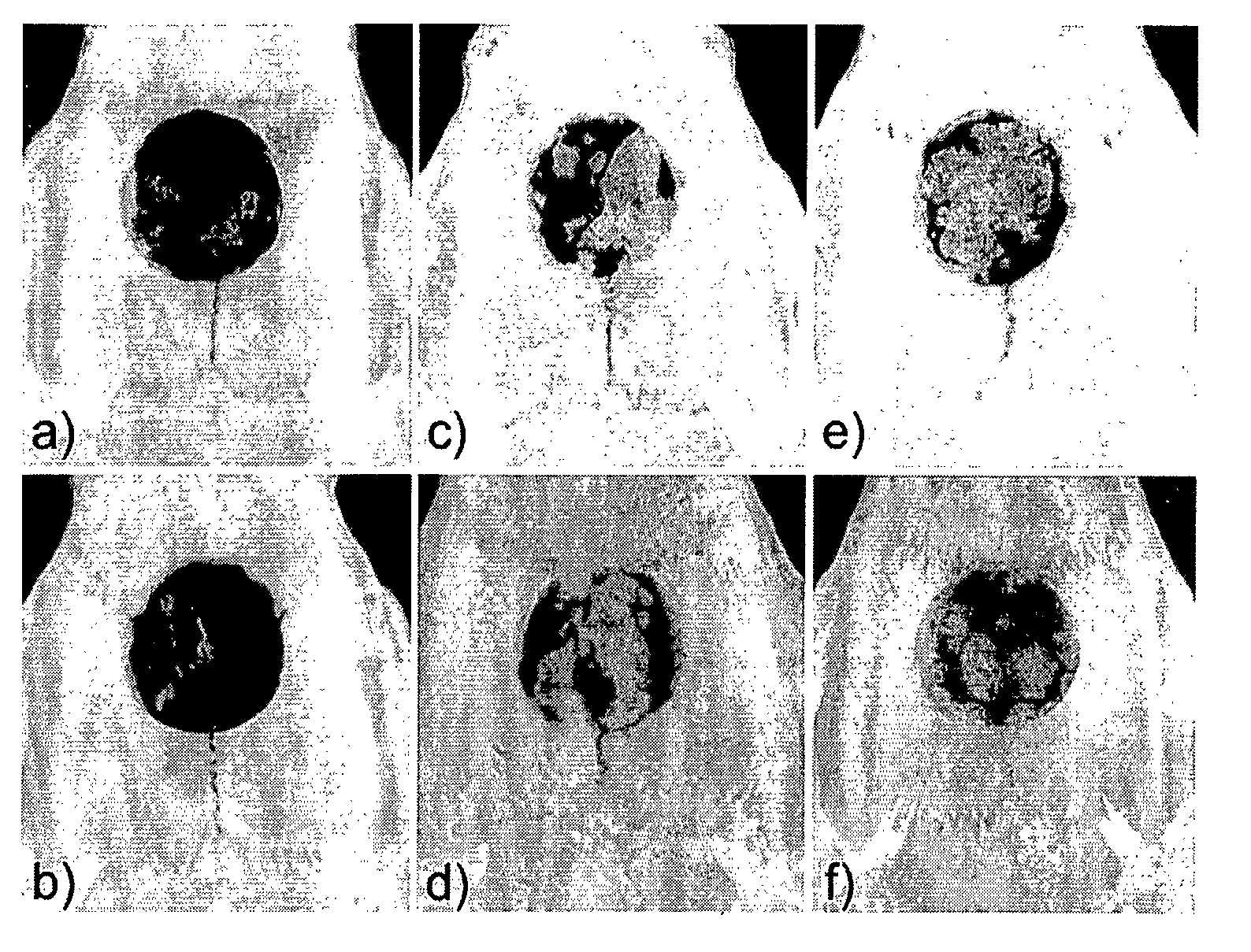Bone Sialoprotein Collagen-Binding Peptides
a bone sialoprotein and collagen-binding technology, applied in the field of collagen-binding peptides, can solve the problems of no active domain identified in these patents for collagen binding, and no binding characteristic of the bsp protein disclosed in these patents
- Summary
- Abstract
- Description
- Claims
- Application Information
AI Technical Summary
Problems solved by technology
Method used
Image
Examples
example 1
Materials and Experimental Methods
[0089]Rat tail tendon type I collagen was prepared as previously described (Hunter G. K. et al., (2001) Journal of Biomedical Materials Research. 55, 496-502). Rat recombinant BSP (rBSP), rBSP-pE1, 2D and rBSP-pE1,2A (the two contiguous poly[E] sequences of rBSP are mutated to aspartic acid and alanine residues respectively and rBSP(43-101) were expressed in E. coli and purified as previously described (Tye C. E. et al., (2003) J. Biol. Chem. 278).
Construction, Expression and Purification of rBSP Peptides
[0090]Partial-length BSP polypeptides incorporating amino acid (1-75), (1-100), (19-100), (99-201) or (200-301) were cloned by the introduction of novel restriction sites by overlap extension PCR (Pogulis R. J. et al., (1996) Methods in Molecular Biology. 57, 167-176), with the incorporation of a 6×His-tag to the carboxyl terminus of the cDNA. Previous studies have shown that the poly-His tag does not interact with collagen (Tye et al; 2005 Identifi...
example 2
Electrostatic Interactions in the Binding of rBSP to Type I Collagen
[0098]No difference in rBSP binding was observed when using the Tris or phosphate buffers at physiological pH (data not shown). The binding of rBSP to collagen was reduced, however, by increasing the ionic strength of the buffer (FIG. 3A). Similarly, binding to collagen decreased at lower pH values (FIG. 3B). Increasing concentrations of CaCl2, MnCl2 or LaCl3 caused concentration-dependent decreases in binding (FIG. 3C). In all of the above cases, binding was reduced indicating an electrostatic component to the binding of BSP with collagen. However, 25-45% of the protein still remained bound at high salt or low pH, implying that binding was not entirely electrostatic.
example 3
Role of the Poly Glutamic Acid in Collagen Binding
[0099]rBSp, rBSP-pE1,2D and rBSP-pE1,2A were tested for collagen-binding activity to examine the contributions of the contiguous glutamic acid residues to collagen binding. rBSP, rBSP-pE1,2A and rBSP-pE1,2D demonstrate saturable binding to type I collagen (FIG. 4A). Based on a one-site binding model, rBSP has a KD=22.85±3.9 nM. Confirmation of the specificity of these mutated proteins for collagen is evident by the ability of these mutant proteins to compete with labelled rBSP for binding to collagen (FIG. 4B).
PUM
| Property | Measurement | Unit |
|---|---|---|
| MW | aaaaa | aaaaa |
| ionic strength | aaaaa | aaaaa |
| ionic strength | aaaaa | aaaaa |
Abstract
Description
Claims
Application Information
 Login to View More
Login to View More - R&D
- Intellectual Property
- Life Sciences
- Materials
- Tech Scout
- Unparalleled Data Quality
- Higher Quality Content
- 60% Fewer Hallucinations
Browse by: Latest US Patents, China's latest patents, Technical Efficacy Thesaurus, Application Domain, Technology Topic, Popular Technical Reports.
© 2025 PatSnap. All rights reserved.Legal|Privacy policy|Modern Slavery Act Transparency Statement|Sitemap|About US| Contact US: help@patsnap.com



